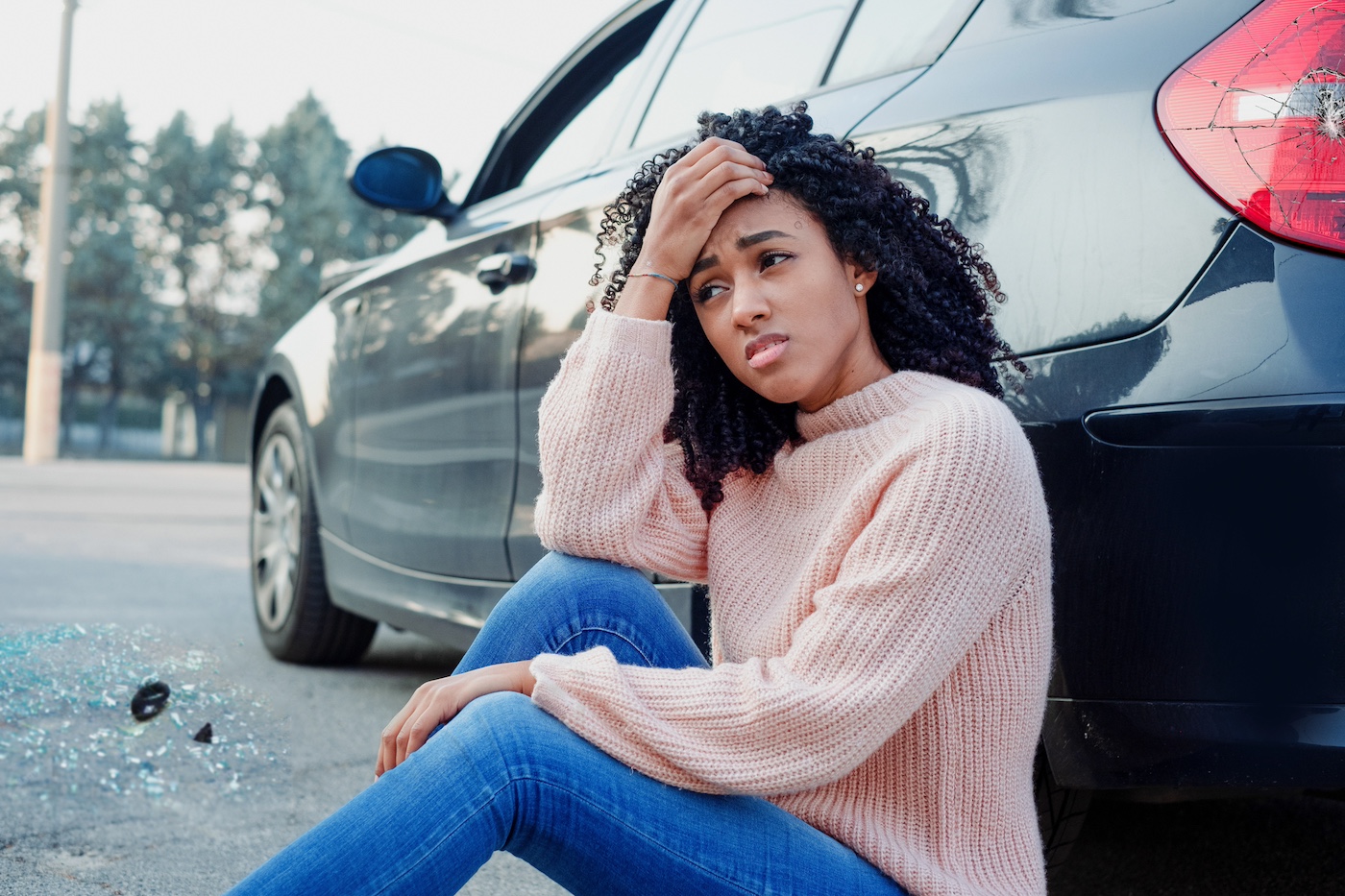After an accident, the driver of a vehicle involved can become scared or be concerned that he or she does not have a valid driver’s license. As a result, the driver does not stop to exchange information with the other motorist.
In Florida, the law requires that the driver of a car or vehicle who is involved in an accident to stop and exchange information. After an accident a motorist must immediately stop his or her vehicle at the scene of the crash or as close thereto as possible, promptly notify the other driver the driver’s name, address, registration number, and show his or her driver’s license. If the police respond to the accident, a motorist must give law enforcement their license, registration, address, and other information.
Importantly, if the crash involves an unattended vehicle or property, a motorist must either locate the property owner or place a legible written note providing the driver’s name and address and the registration number of the vehicle he or she is driving. A motorist has to then inform the nearest police department or law enforcement agency of the crash. However, before speaking with the police about an accident, you should speak with an attorney.
A motorist has additional obligations when there has been an accident involving death or bodily injury. A driver must provide “reasonable assistance” if medical treatment is apparent and report the accident to the nearest authorities. Florida Statutes § 316.062 and 316.027
HIT AND RUN WITH PROPERTY DAMAGE
If there is a minor fender bender or a small accident with property damage and a person leaves the scene of the accident, the police can arrest the motorist for a second-degree misdemeanor, Leaving the Scene of an Accident, which is punishable by sixty days in jail and $500 fine. If the court adjudicates you guilty, it can also result in four points on your Florida driver’s license and your car insurance may increase.
HIT AND RUN WITH AN INJURY
When there is an automobile accident and there are injuries, leaving the scene of the accident is a felony offense. Law enforcement can arrest the driver for a third-degree felony and the penalties can be up to five years in prison or five years of probation and a $5,000 fine. The law requires a three year driver’s license revocation if a driver is convicted of this crime.
HIT AND RUN WITH SERIOUS BODILY INJURY
When there is an automobile accident and there is serious bodily injury, leaving the scene of the accident is a serious felony offense. Law enforcement can arrest the driver for a second-degree felony and the penalties can be up to fifteen years in prison or fifteen years of probation. The law requires a three year driver’s license revocation if a driver is convicted. As part of a sentence the court must order the offender to serve 120 community service hours in a trauma center or hospital that regularly receives victims of vehicle accidents, under the supervision of a registered nurse, an emergency room physician, or an emergency medical technician pursuant to a voluntary community service program operated by the trauma center or hospital and order an offender to participate in a victim’s impact panel session in a judicial circuit if such a panel exists, or if such a panel does not exist, attend a department-approved driver improvement course relating to the rights of vulnerable road users relative to vehicles on the roadway as provided in s. 322.0261(2).
HIT AND RUN WITH DEATH
The most serious offense for leaving the scene of an accident is if someone dies. If a person leaves such an accident, police officers can arrest the driver for Leaving the Scene of an Accident involving Death-a first degree felony punishable up to thirty years in prison and a $10,000 fine. The law requires a minimum of four years in prison and a three year driver’s license revocation if a driver is convicted. As part of a sentence, the court must order the offender to serve 120 community service hours in a trauma center or hospital that regularly receives victims of vehicle accidents, under the supervision of a registered nurse, an emergency room physician, or an emergency medical technician pursuant to a voluntary community service program operated by the trauma center or hospital and order an offender to participate in a victim’s impact panel session in a judicial circuit if such a panel exists, or if such a panel does not exist, attend a department-approved driver improvement course relating to the rights of vulnerable road users relative to vehicles on the roadway as provided in s. 322.0261(2).
For the State to prove leaving the scene of an accident with death, a prosecutor must demonstrate beyond a reasonable doubt that:
- The defendant was the driver of a vehicle involved in a crash occurring on public or private property resulting in the death of another person;
- The defendant knew that he or she was involved in a crash;
- The defendant knew, or should have known from all of the circumstances, including the nature of the crash, of the injury to or death of the person;
- The defendant willfully failed to:
a. stop at the scene of the crash or as close to the crash as possible and remain there until he or she had given “identifying information” to the injured person, driver, occupant, or person attending the vehicle and any police officer investigating the crash; or
b. render “reasonable assistance” to the injured person if such treatment appeared to be necessary or was requested by the injured person.

